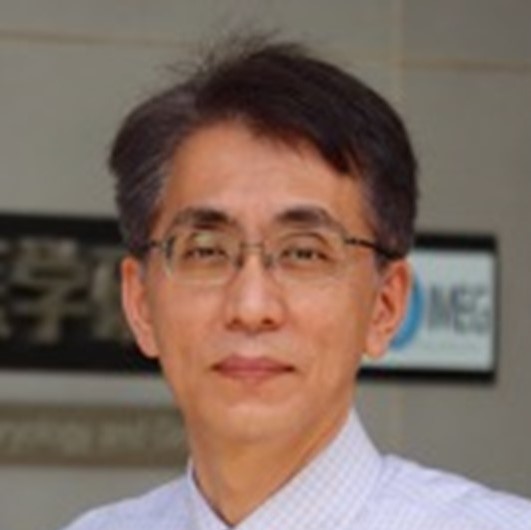Institute of Molecular Embryology and Genetics, Kumamoto University, Japan
Recapitulating three-dimensional structures of the kidney in vitro is a major challenge for developmental biology and regenerative medicine. The kidney develops by the reciprocal interactions between the nephron progenitor and ureteric bud (UB). The former gives rise to glomeruli and renal tubules, while the latter forms branching collecting ducts. We previously established differential induction protocols toward each lineage from human induced pluripotent stem cells (iPSCs). We here applied our UB induction protocol to PKD1 mutant iPSCs to model autosomal dominant polycystic kidney disease (ADPKD). Cysts were formed in UB organoids with homozygous PKD1 mutations upon cAMP stimulation, and to a lesser extent, in heterozygous mutant organoids. Homozygous mutant organoids also responded to vasopressin to form cysts. Furthermore, UB organoids generated from ADPKD patient-derived iPSCs with a heterozygous missense mutation showed cystogenesis upon cAMP stimulation. Thus, we demonstrated cyst formation in PKD1 mutant UB organoids, as well as those derived from an ADPKD patient. Our findings will serve as a valuable basis for elucidating the mechanisms of ADPKD.
- Kuraoka S, Tanigawa S, Taguchi A, Hotta A, Nakazato H, Osafune K, Kobayashi A, Nishinakamura R. PKD1-dependent renal cytogenesis in human induced pluripotent stem cell-derived ureteric bud/collecting duct organoids. J Am Soc Nephrol 31:2355-2371, 2020.
- Yoshimura Y, Taguchi A, Tanigawa S, Yatsuda J, Kamba T, Takahashi S, Kurihara H, Mukoyama M, and Nishinakamura R. Manipulation of nephron-patterning signals enables selective induction of podocytes from human pluripotent stem cells. J Am Soc Nephrol 30:304-321, 2019.
- Tanigawa S, Islam M, Sharmin S, Naganuma H, Yoshimura Y, Haque F, Era T, Nakazato H, Nakanishi K, Sakuma T, Yamamoto T, Kurihara H, Taguchi A, and Nishinakamura R. Organoids from nephrotic disease-derived iPSCs identify impaired NEPHRIN localization and slit diaphragm formation in kidney podocytes. Stem Cell Reports 11: 727–740, 2018.
- Taguchi A and Nishinakamura R. Higher-order kidney organogenesis from pluripotent stem cells. Cell Stem Cell 21:730-746, 2017.
- Taguchi A, Kaku Y, Ohmori T, Sharmin S, Ogawa M, Sasaki H, and Nishinakamura R. Redefining the in vivo origin of metanephric nephron progenitors enables generation of complex kidney structures from pluripotent stem cells. Cell Stem Cell 14: 53-67, 2014.
Ryuichi Nishinakamura graduated from Department of Medicine, the University of Tokyo, and spent several years as a clinical nephrologist. After obtaining his Ph.D., he started working on kidney development and identified multiple genes that are essential for kidney development. He is now a Professor in the Department of Kidney Development at the Institute of Molecular Embryology and Genetics, Kumamoto University, Japan. His ultimate goal is to elucidate molecular mechanisms underlying kidney development and to utilize the obtained knowledge to rebuild the kidney from pluripotent stem cells.



